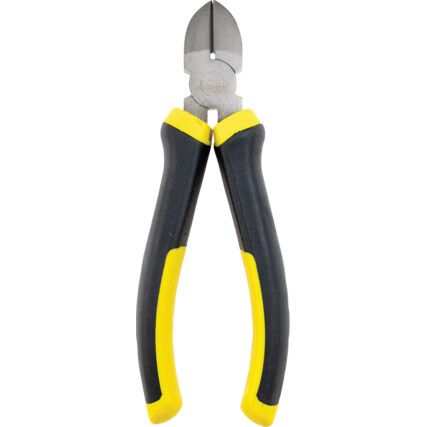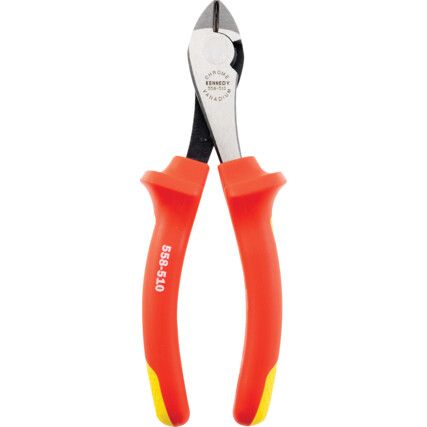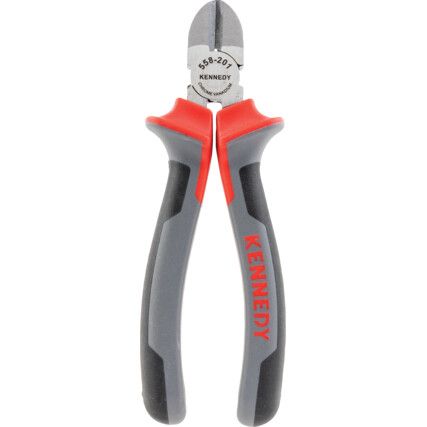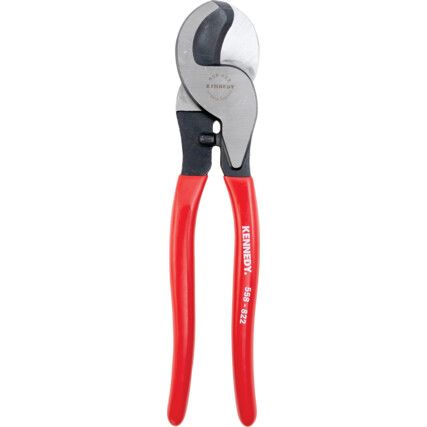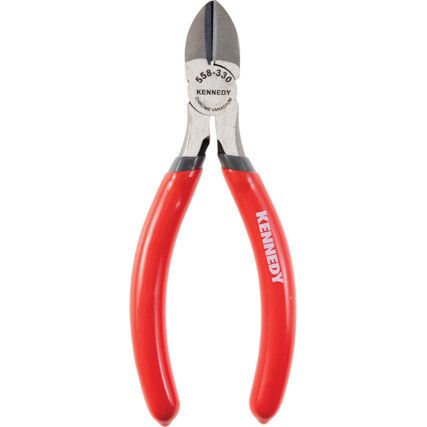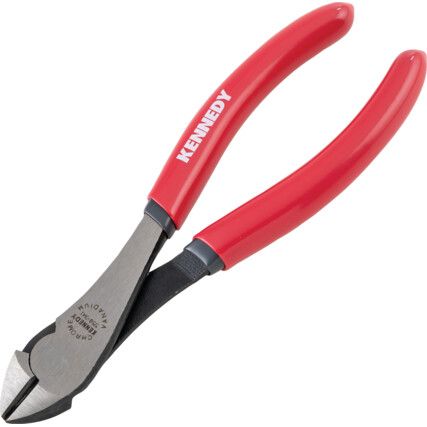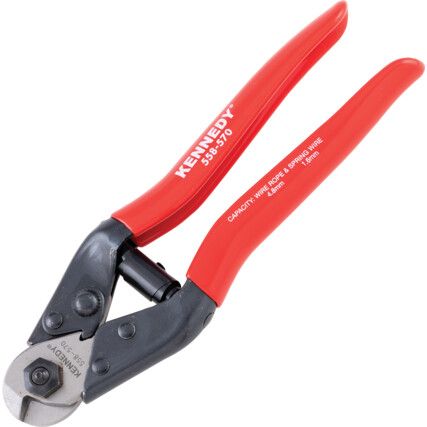Cuțite
Cutters or snips as they are sometimes referred to are handy tools, used for cutting a variety of materials. Cromwell stock a range of different types of cutters, with big name brands like Knipex, Bahco and Yamoto, so you can be assured of not only the right type of tool for the job, but lasting quality as well.
What are cutters?
Cutters typically resemble their gripping tool cousins, pliers, but instead of griping they are designed to cut. They feature two levered handles fixed by a fulcrum located close to the jaws, this allows cutters to be opened and closed, much in the same way you would with pliers.
Because of the increased length of the levers, they allow more force to be allied to the jaws to make the cut.
Cutters are made from steel and come in a range of different jaw designs and sizes which are better suited for different materials and applications.
Types of cutters
The most common types of cutters are listed below along with their most common uses and features and benefits.
• Side cutters Side cutters are probably the most common type of cutter used and can perform several different functions. They are mostly used to cut cables but can also be used to strip the insulation off electrical leads. They are primarily used for softer metals and should not be used to cut hard items like fasteners.
• Cable cutters Cable cutters are mostly used for electrical cabling and feature insulated handles to help resist electrical shocks. It is important to take notice of insulated material versus normal gips as using non-insulated cutters in electrical applications could result in serious injury.
• Diagonal cutters Diagonal cutters feature jaws angled to one side, creating a diagonal cut where the jaws meet. They are mostly used for soft metals like copper and aluminium and can also be used to strip insulation off leads.
• Flush cutters These cutters feature a small and precise set of jaws and are designed to cut soft metal wires like beading wire with an unbroken, even finish.
• End cutters End cutters are designed to be more heavy duty than regular snips. Capable of cutting hard metal items like nails, bolts and rivets.
Considerations when choosing a cutter
• The type of material being cut - Cutting small soft metals like copper, aluminium and beading wire can be handled by most types of hand cutters. However, for hard metal items like steel fasteners, end cutters will be required. For really heavy duty items like bolts, then bolt cutters would be the only viable solution.
• Insulated grips - If you are going to be working with electrical wiring then ensuring that your hand cutters have insulated grips is important. Be sure not to confuse standard rubberised comfort grips with insulted grips however as these will not help prevent shocks from electrical wiring.
Please note: When working on electrical wiring or leads the appliance should be switched off and unplugged from the mains and in the case of mains wiring the electricity should be turned off at the mains breaker first to avoid electrocution. *
• The angle of the cut - Depending on whether you need a diagonally angled cut or a flush cut, it is important to select the snips with the right angle of jaws and cutting edge. In the case of a diagonal cut, a hand cutter with diagonally angled jaws should be used.
FAQ
What are cutters used for?
Cutters are primarily designed to cut through soft metals, although heavier duty types like end cutters are capable of cutting through hard metal items like fasteners. Their most common use though is cutting through items like electrical leads and wire to create a clean and precise finish. They can also be used to strip the insulation off electrical leads without damaging the conductive wires underneath as even slight damage to these can cause a short circuit or weaken the cable.
